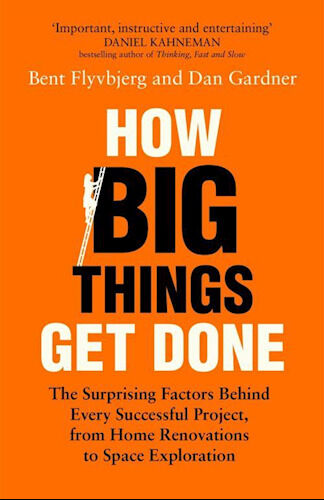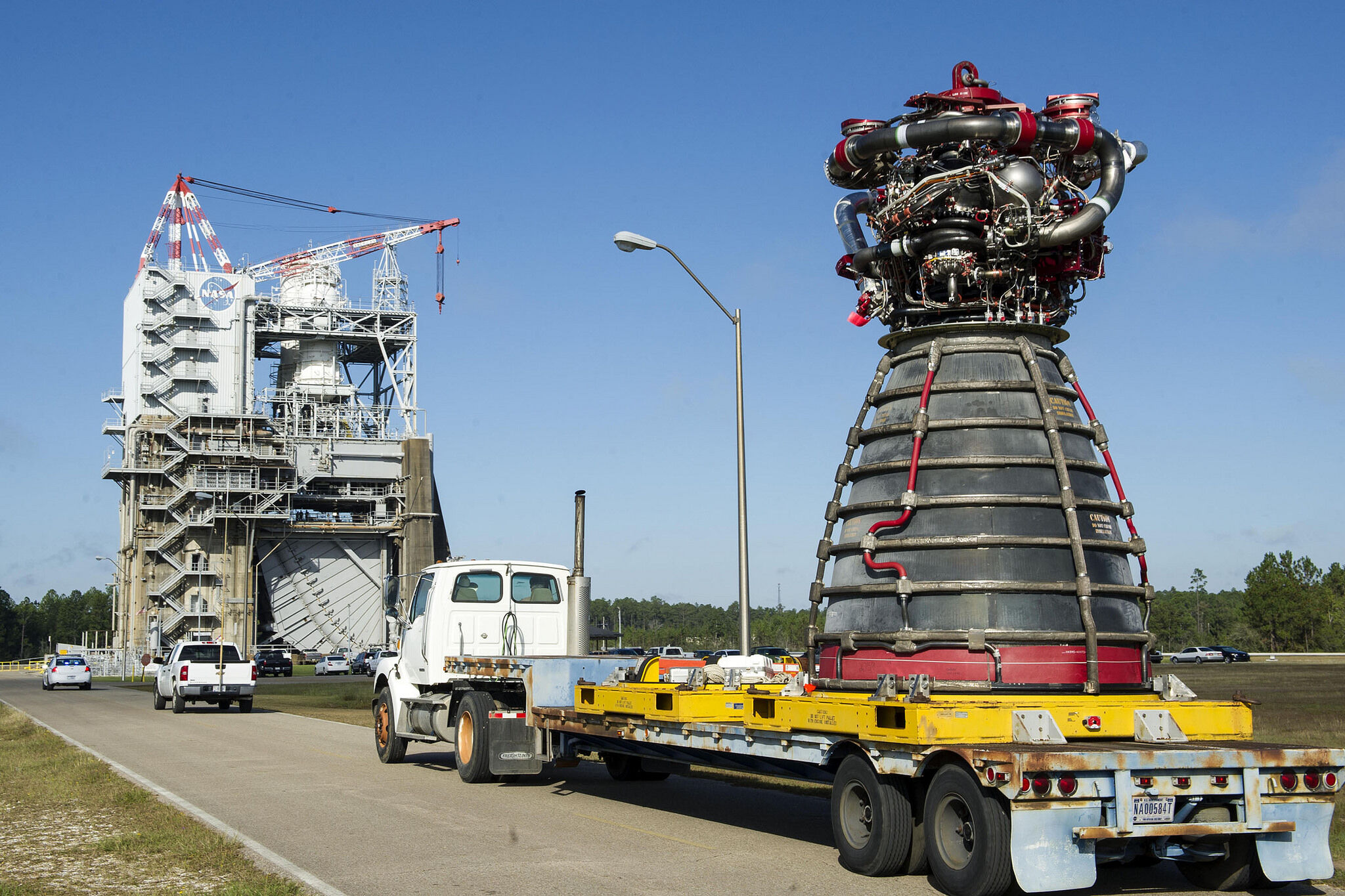Unless you write corporate mission statements, AI is not coming for your job. Generative AI like ChatGPT works by continually adding the most likely next word. That ensures that an AI-written text is a bland average of all the texts it has read. It is unlikely to be thought-provoking or even useful.
I was reminded of how useless an AI-generate text is when LinkedIn invited me to participate in a “collaborative article.” The AI generates a text on a subject, and I am supposed to add a real-life story or lesson next to that. Unfortunately, the AI text is a collection of trivial platitudes. LinkedIn asked me to rate the article, and I immediately clicked “It’s not so great” (because there was no lower rating). Unfortunately, the feedback options did not include “Your AI text adds no value.”
The striking writers in Hollywood want guarantees from the studios that they won’t be replaced with AI. They need not worry. A script written by AI will be mind-numbingly boring. What AI might do for the film and TV industry is to take over boring housekeeping tasks like ensuring continuity – was the blood on his left or right jacket sleeve? But it won’t write the next hit show or movie.
The right way to use AI in its current state is to use it deductively – to analyze stuff. Programmers who inherit a huge pile of undocumented code benefit from having ChatGPT or its siblings explain the code. Using AI inductively to generate text might be fun, but it doesn’t create any value.










